The Brief History of Playing Cards according to Arkane.
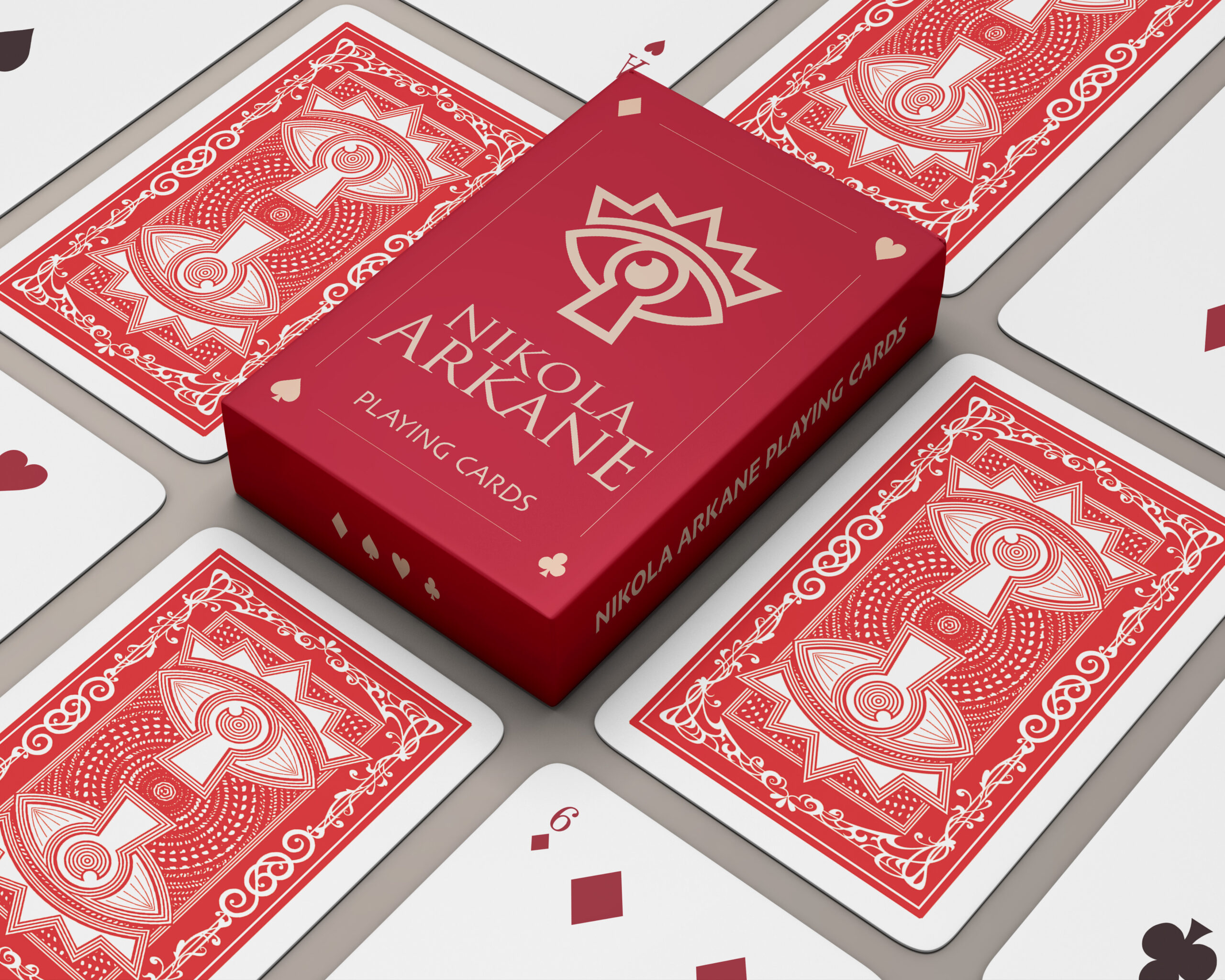
I spent a week in Florida with my best friend from secondary school. We met when we were both 13 years old as school reps visiting the Royal Yacht Britannia (of all places). Thankfully we didn’t go down with the ship and have remained friends ever since.

On this trip, we decided to reenact our first meeting together by going on our second trip on sea. This time is was The Margaritaville at Sea cruise ship to the Bahama’s.
Let’s just say we never saw the Bahama’s. Drink’s packages are ‘the devil’ and one of us almost didn’t survive! So the moral of ships are keep yours friends close. You just don’t know when you might need one to have your back… and to hold your hair back!
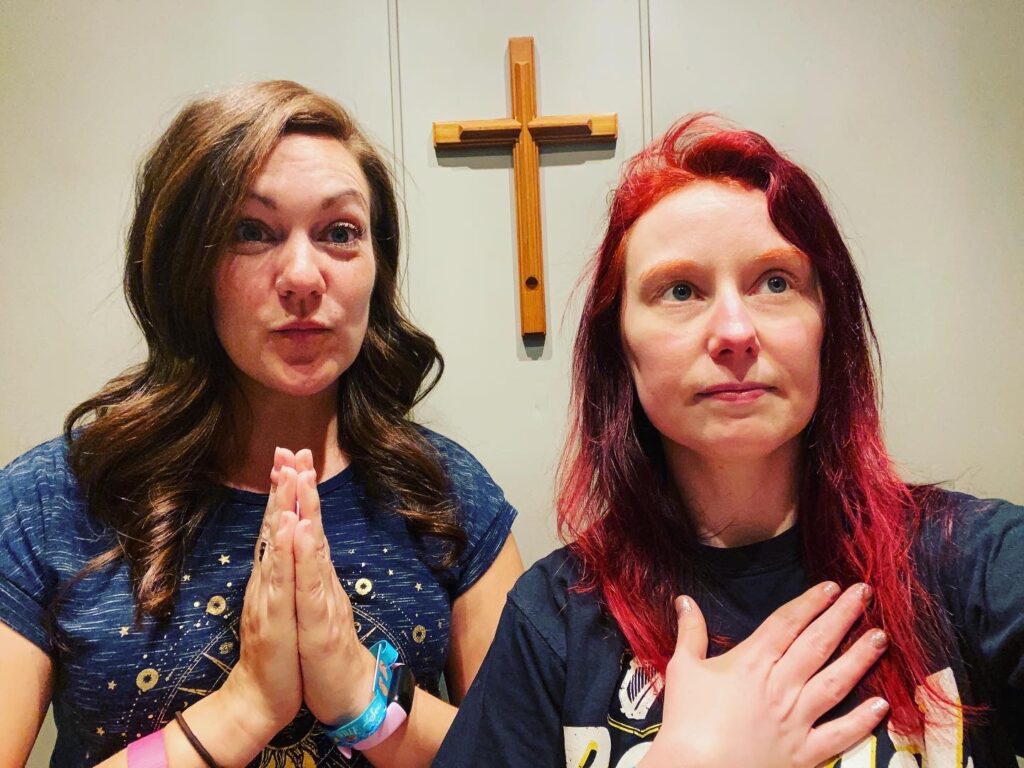
There is a reason for this post I promise!
Moving swiftly on.
This post came about because I spent a bit of time with my best friends son. I wanted to teach him some magic. I brought a couple of standard magic props for kids, elastics and I also had a deck of cards with me.
The idea was to show him some simple tricks. Material, that I knew once I left, he’d not only remember but he’d be able to perform without me there. None of this ’21 card trick’ malarky. Not that there is anything wrong with this trick. But there is a time and a place people!

Upon teaching him the tricks, I remembered that kids aren’t aware of the different kinds of cards there are. Colours are easy to remember as there are only two. But suits are tricky. It became apparent quite quickly that I really needed to explain the cards in a simple way. One that he could grasp before I left.
In the process of doing this I realised that playing cards and their origins have a history. They are symbols derived from different cultures many years ago.
Some people believe there are coincidences in a deck of cards that relate to the world around us. The seasons, a persons status and also that some playing cards are bad luck or favoured more fortunate for the soul that selects it!
Shame, shame, shame!
In that brief moment, I realised I knew very little about the deck of cards. A prop that I pretty much kept at my fingertips each day. Curiousity of its history led to this written embellishment.
So where on earth did playing cards come from and why?
※
I also just want to point out this is not THE DEFINITIVE EXPLANATION of the history of playing cards. I tried to make my explanations as brief of possible so that this would perhaps be an enjoyable read and not a tiresome essay!
In the beginning there were…
It appears that playing cards originated from China. The “Leaf Game” is the disputed origin of playing cards. Some say the cards in this particular game were only used as a part of a board game played with dice.
Cards back then may have acted as paper currency in these games, rather than used in a fashion we see them today. Think Monopoly. Cards back then would have been much more similar to the trading card games of today.
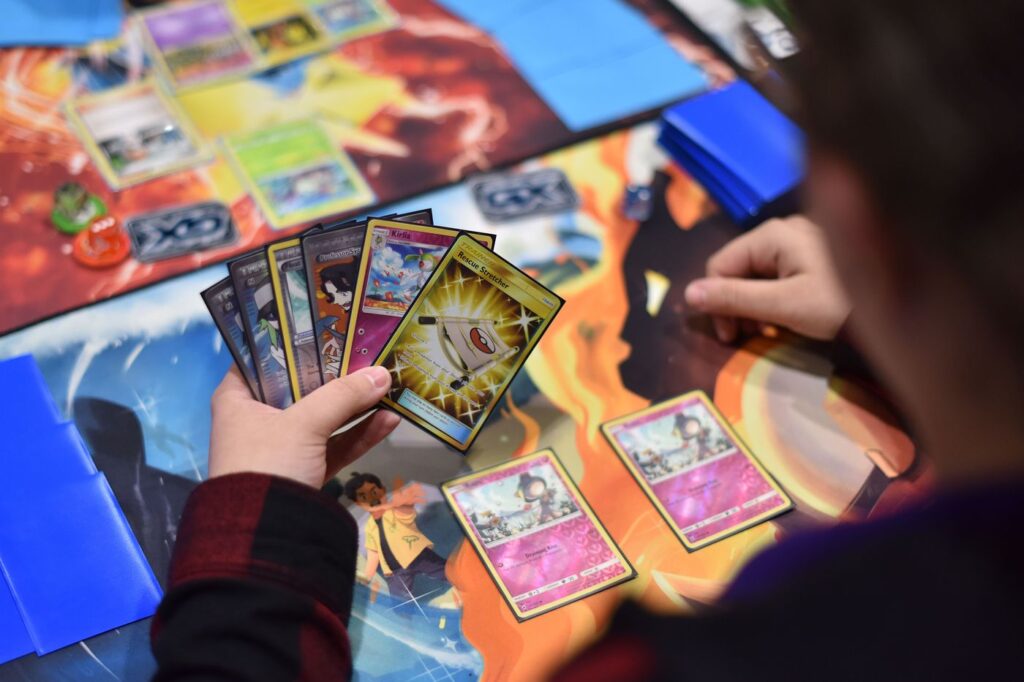
One of the earliest games, Madiao, was the first time we seen cards with known suits being utilised. They also had characters instead of pips to mark rank and suit. There were many motifs for suits used but the ones that stood out were coins, jugs, clubs and swords. There have been many pip iterations over the years including shields, roses, cups, leaves and even acorns. I’ve put an little image below so you can get an idea of the varieties.

As cards began to spread across the asian continent it was in Istanbul where we first saw the Topkapı deck comprising of fifty two cards and four suits (polo sticks, coins, swords and cups). Each suit contained ten pip cards and three court cards.
Trading Cards
Playing cards were most likely brought to Europe from the East by trade. The oldest deck is known as the Spanish deck a direct adaptation from the Arabic one.
Weirdly the cards used at this time are mostly documented for being banned by the law than for anything else.

Gambling and gaming then was perhaps what playing cards were most notorious for in their beginning.
But how on earth did they end up making their way in to the magic world?
Professional printing and design
Perhaps this has more to do with the small intricacies of cards that might be useful to creating deception in magic.
As cards became more recognised in Europe, there became a demand for them to be printed professionally rather than continue being hand drawn. Design changes, meant that printing cards where the indices (value of the card) was printed in the top corner enabled players to hold cards in a tight fan obscuring their value to other players.
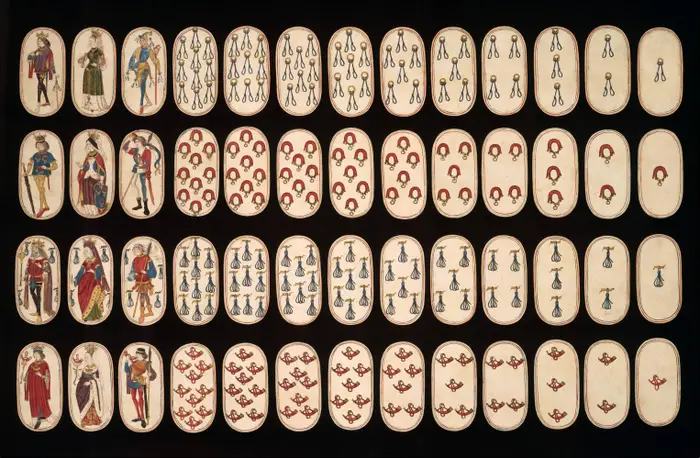
Cards also in the past used to be cut squarely rather than rounded. However, this design was later disregarded eventually for the rounded edges. Simply because, over time the squared edges would wear down and perhaps give away to other players that you have an ace in your hand (if the ace was recognised by its wore down edges over all the other cards).
Interesting coincidences about the deck of cards which are also a mystery
Mathematically speaking, there are lots of little details in the make up a deck of cards which helps magicians create effects and perhaps why they have become a staple for us over the years. Some believe the deck was build on the yearly calendar.
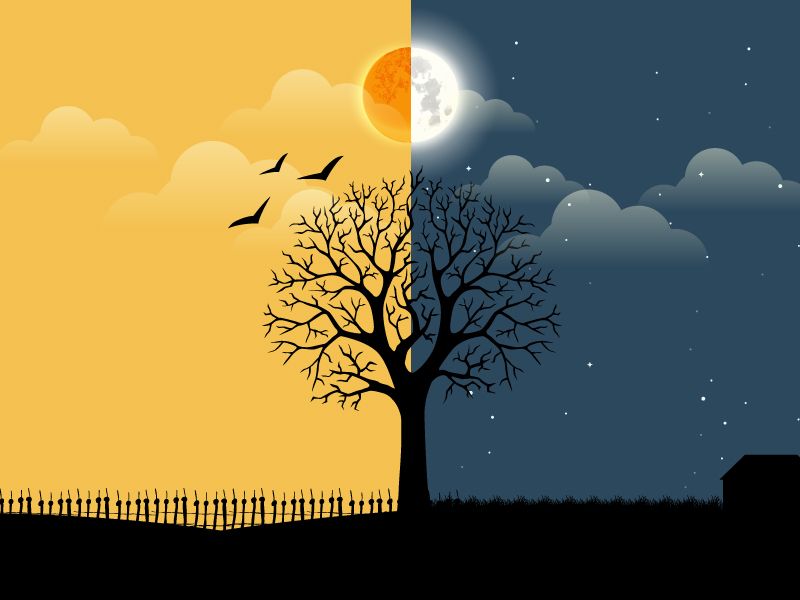

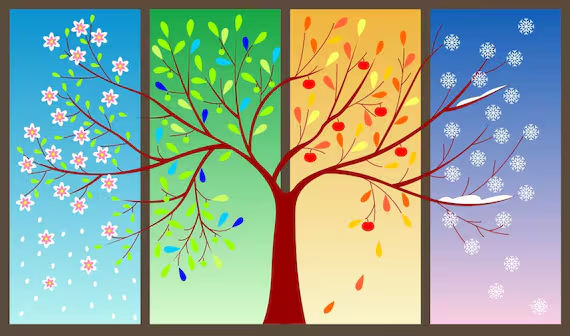
A deck consists of 52 cards (without jokers) and there are 52 weeks in a year. The deck has 2 colours Red and Black and in 24 hour we have 2 states; daytime and nighttime. There are 4 suits and 4 seasons. 13 cards in each suit which match the number of lunar cycles and 12 court cards represents the 12 months of the year.
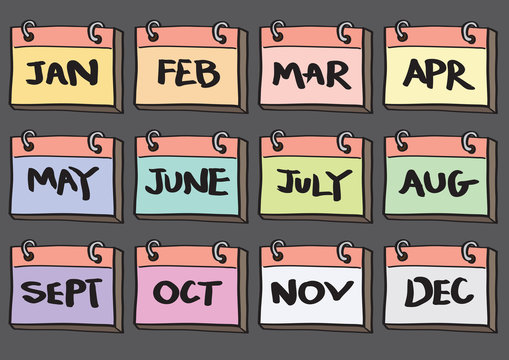
If this wasn’t enough – by adding up all the cards in a deck it comes to a total of 365 (with one Joker and 366 for a leap year with both jokers – thanks Daniel 😀 ); the exact number of days in a year. So, whether you agree that this was a choice by design or not the above details are a pretty precise number system. And it may be disputed, but if the deck was invented with these features in mind or not, you cannot deny that these unique features benefit us magicians greatly.
Some great resources for Mathematical card magic
I was very lucky for many years to tour a mathematical production in schools in the U.K. and then a huge interactive theatre production across America with Cahoots N.I. Children’s theatre company. And I was part of the developmental process of creating the original show. During the rehearsal period, we explored many mathematical principals that are just BRILLIANT! And I thought I would briefly end this post by sharing a few of the magicians and books we explored during that process which helped us learn more about the relationship between magic and numbers.

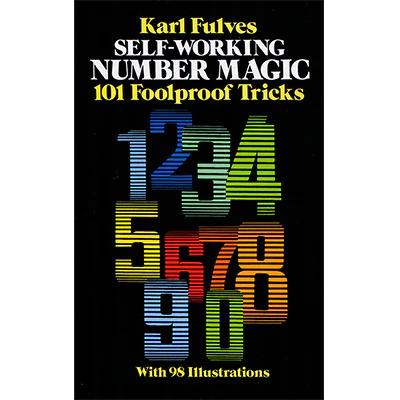
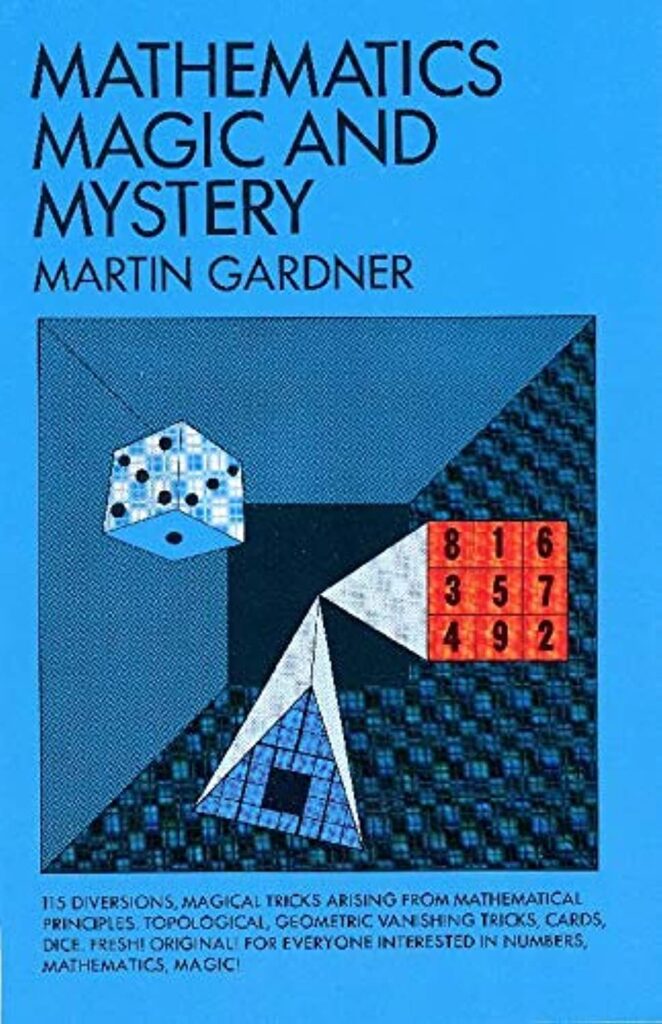
Many of the tricks in these books are great lessons for children and can help us to create very complex magic routines for both close up and stage.
Another great resource is Chris Wardle. You can check out some of his products here. I met Chris through being a member of the British Ring I.B.M. where I got to see his fabulous lecture at the annual British Ring Convention which I can highly recommend. This convention will be taking place 13th to 15th of September 2024 which you can book here.
※
So, have fun exploring and perhaps after this post (like me) you will feel differently the next time you take up the humble deck of cards into your hand.
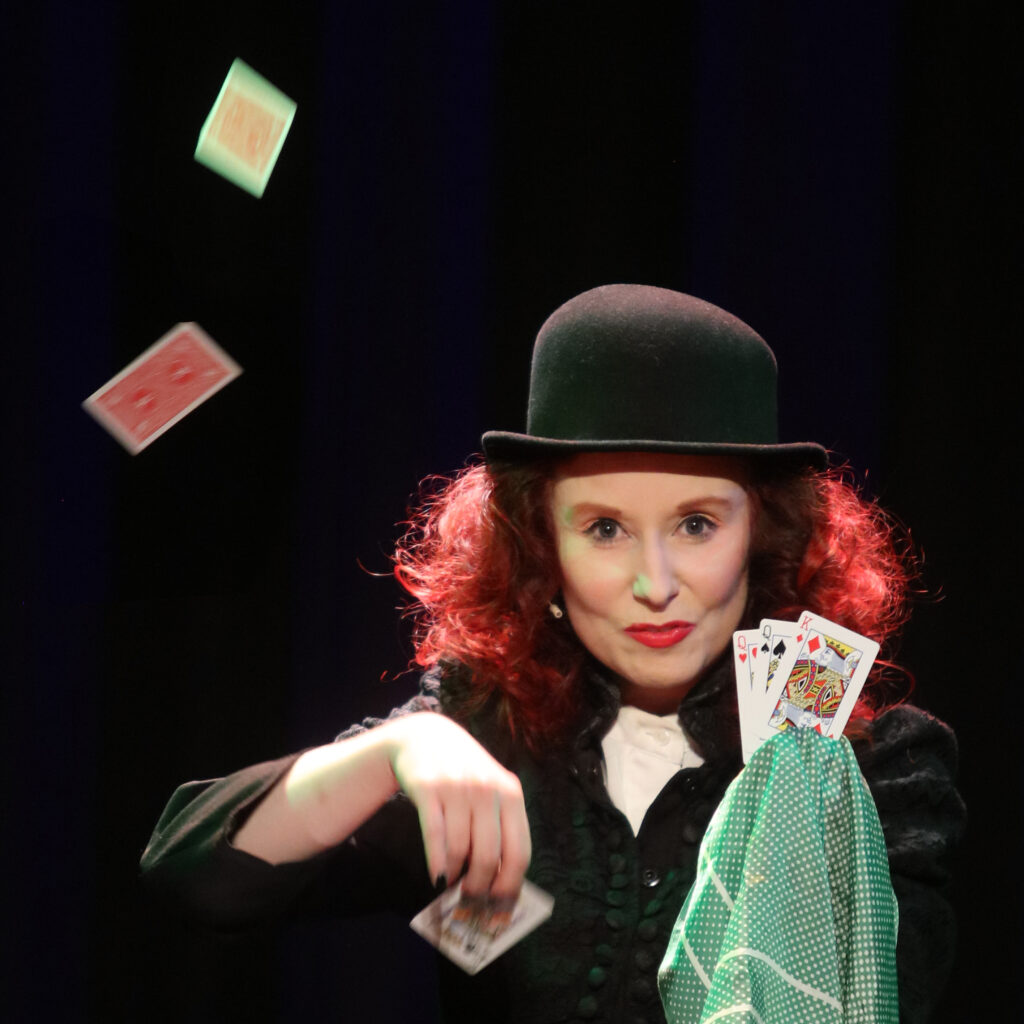

A very nice summary!
Just wanted to point out that the sum of the values of all the cards is 364 (not 365)…and then one might add 1 for the joker to make 365 and another 1 for the second joker to make 366 for leap years.
/ Daniel
Wow, your ”author voice” is so different when you are talking about history!! Well written!
And yes, gaming history is as fascinating as magic history!
Haha I did notice something different in writing this piece!